opens in a new window Written by Cam Rogers
Written by Cam Rogers
“It does not make much difference what a person studies. All knowledge is related, and the man who studies anything, if he keeps at it, will become learned.” —Hypatia
“Designers of all types of entertainment—books, movies, plays, music, rides, everything—have to cope with the same issue: How can you create something that will generate a certain experience when a person interacts with it?” —Jesse Schell, The Art of Game Design
My favorite storytellers are students of life, magpies, and curious about everything. By assembling disparate things into unlikely combinations, they create something surprising and alive.
Art exists to affect an audience. For me, this means imparting something unexpected and true—no matter if I’m writing about a librarian debating the color of his curtains, or a 200-year-old surgeon looking to break a deal with a banished angel.
I started as a novelist; The Music of Razors came out about ten years ago. Given that I’d spent years writing for the game, Sam felt I was a good fit to do the novel. Coming from a traditional writing background here’s one of the big things I learned working in game development:
Writers and game designers are the same kind of people: storytellers. Ours is the business of imparting emotion, and the very first question we all ask is: how do we want the audience to feel?
In pursuit of that end there is no sphere from which we cannot draw inspiration. Architecture, psychology, dance, fashion, warfare, music, politics, comedy… the principles underlying literally anything can be applied to storytelling and design. To better calibrate contrasting levels of action and tension, I view plot as being akin to music, or math. The designers of ICO employed psychology when they built a gentle hand-holding mechanic to foster genuine care for the princess you must protect.
No matter the medium, narrative design hinges on psychology, ratios, pacing, immersion, investment, empathy, tension, and storytelling (both explicit and implicit). Where a novelist has more leeway to convey things explicitly, a game designer more often must look for every possible way to convey story implicitly, through environmental storytelling and game mechanics.
Writers and designers are in the business of trust. The audience has to feel safe in our hands. If we can’t get the rules, structure, and fantasy into the audience’s head—and quickly—we’ll lose the audience and the project will fail.
Game design, much like narrative design, is largely decision making. Is this experience too long? Are the rules of my world clear? Have I broken those rules? If I do this and then that, what emotion will that provoke? Is there enough tension? Is my protagonist likable? How should I arrange things to improve pacing? Does this thing I’ve set up pay off? Am I using my nouns (game mechanics) and adjectives (attributes and states) correctly and effectively? Will all this resolve in a way that answers the question of this experience?
Quantum Break is a huge project that uses the rules of an adrenalized action game to tell a tense time travel story. The Quantum Break: Zero State novel was my chance to take the work we did with the game and explore it further, away from the nouns and adjectives of game design, via the alternate timeline conceit that is central to the story’s core. This complex, dynamic story is the child of a team of brilliant people who came together to create something brave, and different—students of life, all.
Buy Quantum Break: Zero State today:
Amazon | Barnes & Noble | Books-a-Million | Indiebound | Powell’s
Find out more about Cam Rogers on his website and follow him on Twitter at @Cam_Rogers.

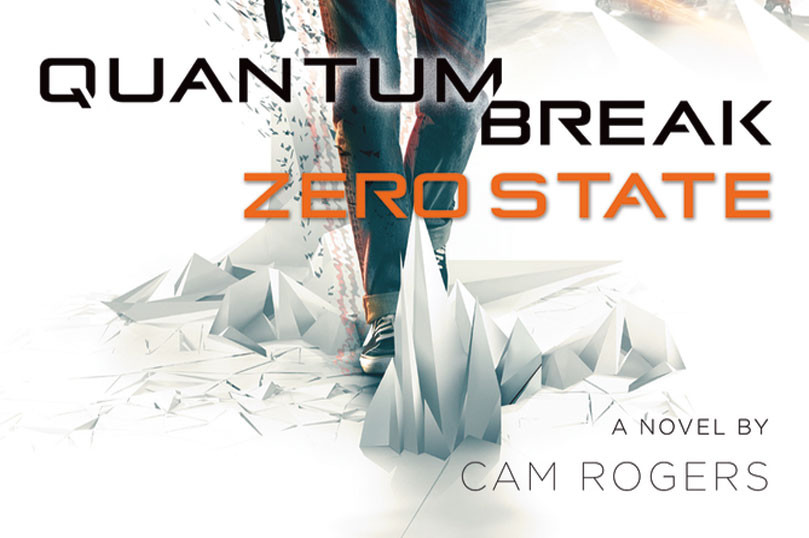
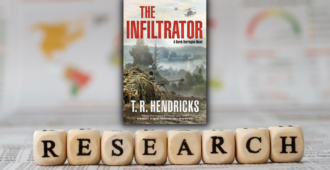
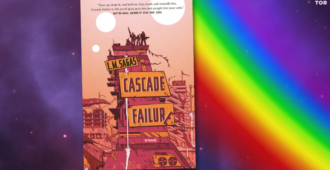
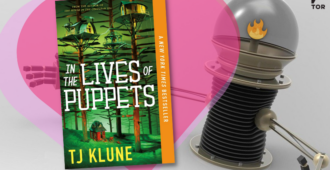

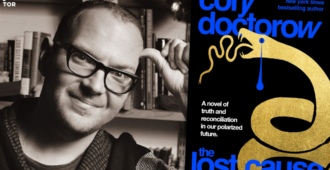
This looks to be a new perspective on the time-old “Decisions and Their Consequences” theme.